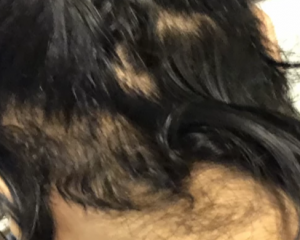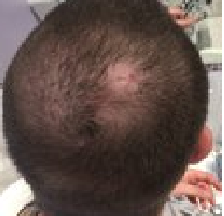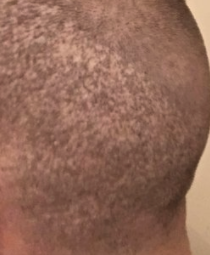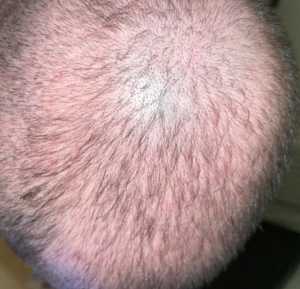OK, here is my take on the latest happenings in the hair-loss debate…the recently reported topical inhibition of PGD2 and hair loss / re-growth.
OK, prostaglandins are both a GOOD and a BAD thing. You need some prostaglandins, but not others. Some prostaglandins are required for the inflammation associated with healing, while some are responsible for the negative effects of inflammation – mainly pain and the link in the chain that results in disease.
If prostaglandin D2 is indeed partially responsible for hair loss, then why not simply use a product that reduces or inhibits prostaglandin formation? These products do indeed exist. They are called COX-2 inhibitors, namely NSAIDS. However; all NSAIDS are not created equal.
One of the most potent, and selective COX-2 inhibitors is called Meloxicam, otherwise known as Mobic. It is an extremely effective pain reliever and anti-inflammatory. It’s anti-inflammatory properties are due to its inhibition of the cyclooxygenase-2 enzyme (COX-2). Since Meloxicam is soluble in methanol (think EverClear), why not simply put a few Mobic pills in ethanol for a few days, then simply apply it to the balding areas?
I do not claim to be a doctor, I do not even play one on TV. That right is reserved solely for Dr. Rassman, so I may be completely ignorant of the chemistry involved here.
Dr. Rassman, do you think this may be a viable approach to inhibit prostaglandin D2 topically? While I am pretty certain it could not cause harm, since it would not be absorbed systemically, would it be of any value as a topical PGD2 inhibitor?
As always, my deepest respect and thanks to you, Dr. Rassman.
While your insight is interesting, I do not think think the solution is that simple.
For argument’s sake, let’s say you dissolve Mobic in methanol and apply it to your sore back. Do you think it will relieve pain? It does not. Drugs don’t work this way. And I haven’t found any study that shows people who are on chronic pain medication like Mobic (that inhibit prostaglandins) have more hair growth or less hair loss.
The research on PGD2 is interesting, but it is only part of the big picture. I am sure that there will be research carried out.




